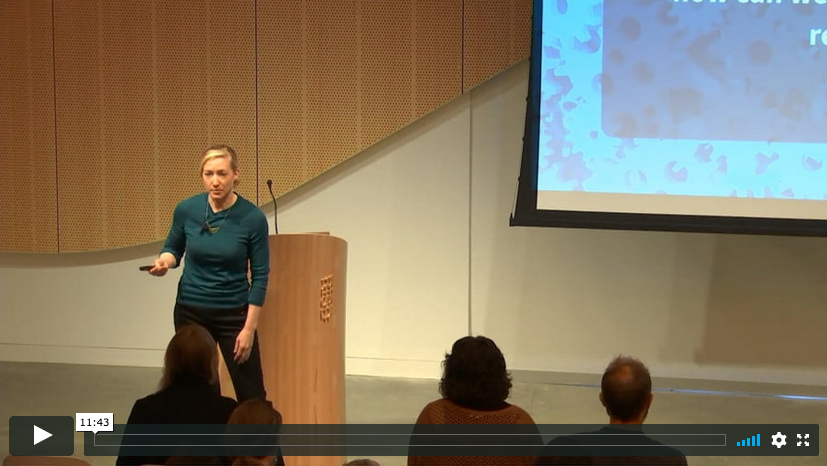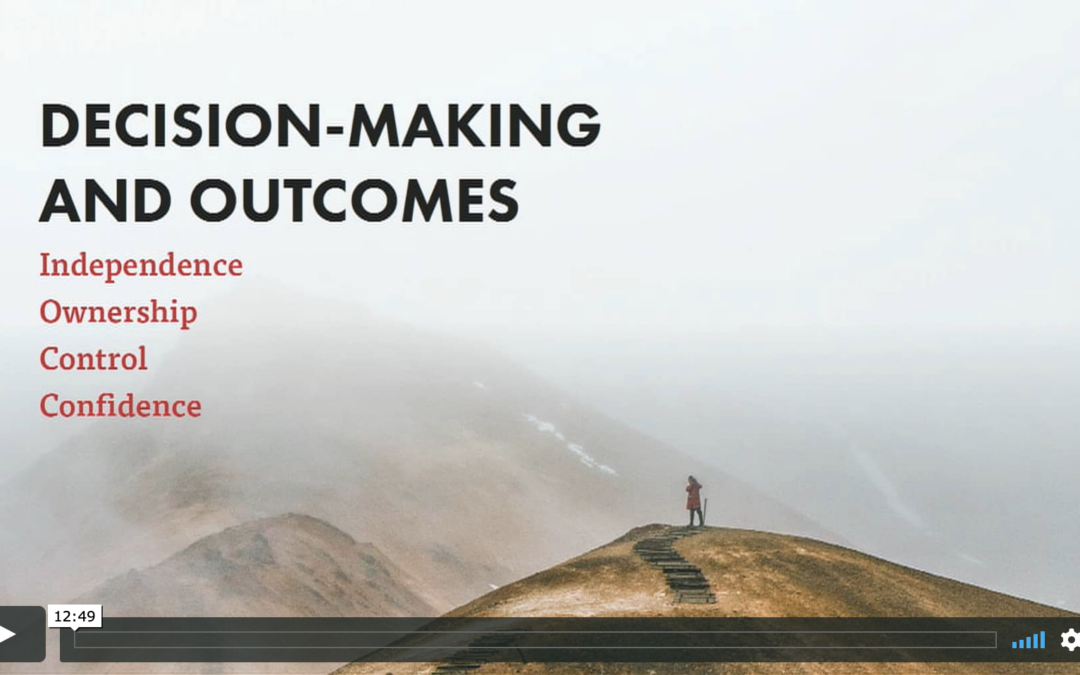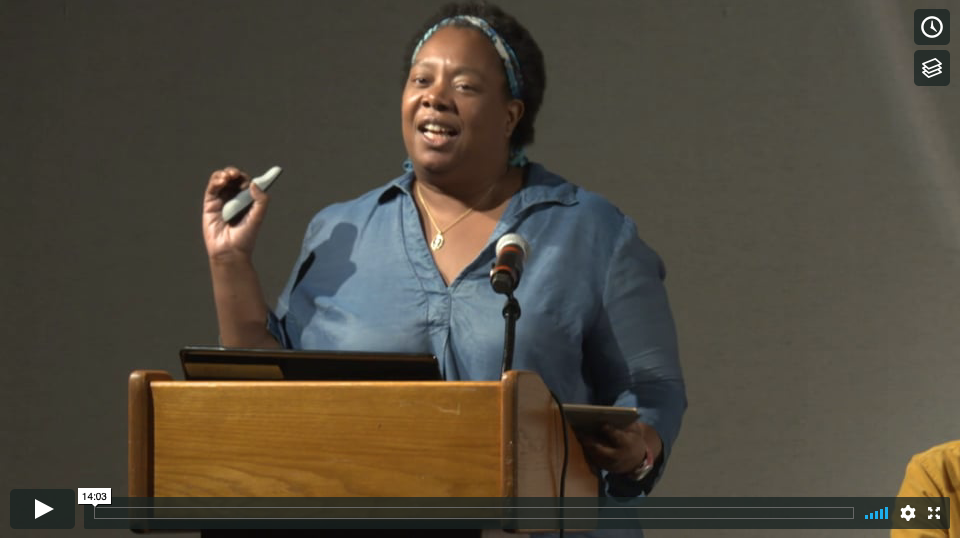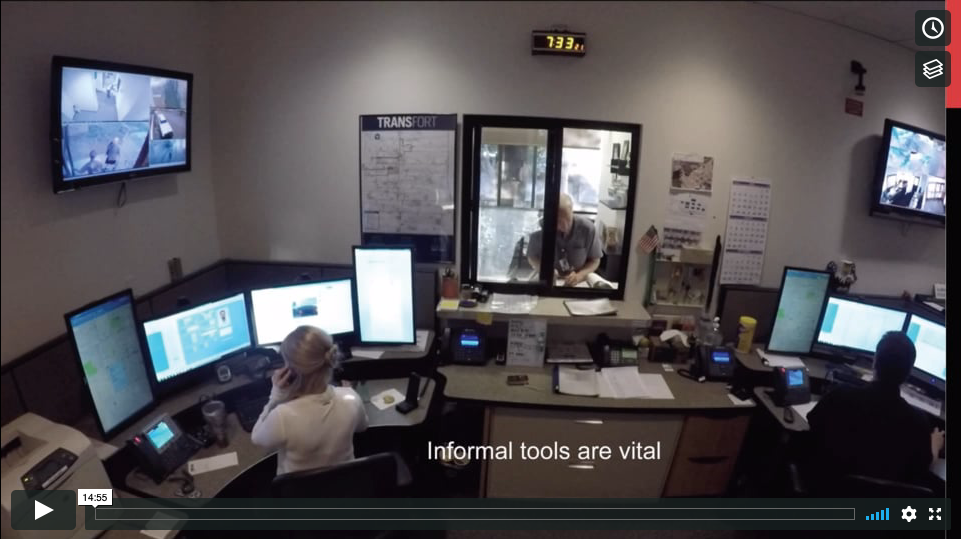This case study explores how a series of customer site visits to two international service centers drove design recommendations for a chatbot building platform that could encourage positive agent-chatbot collaboration. The first part of the case focuses on the research undertaken by a team of user...




